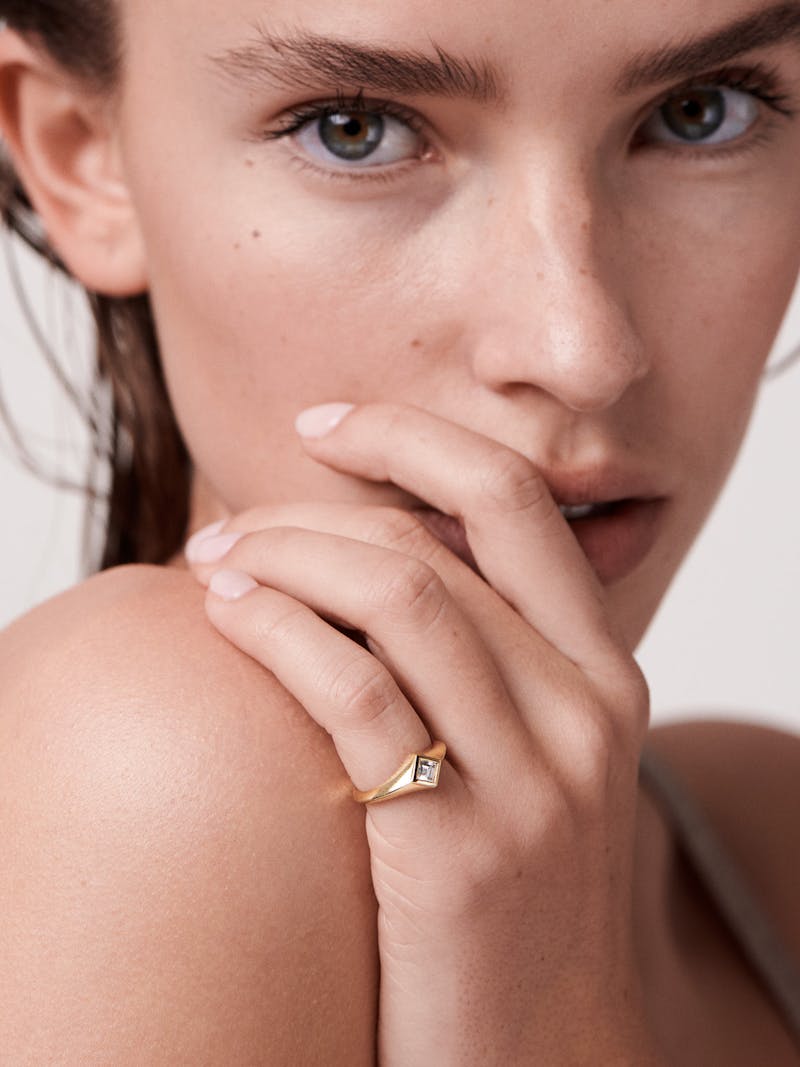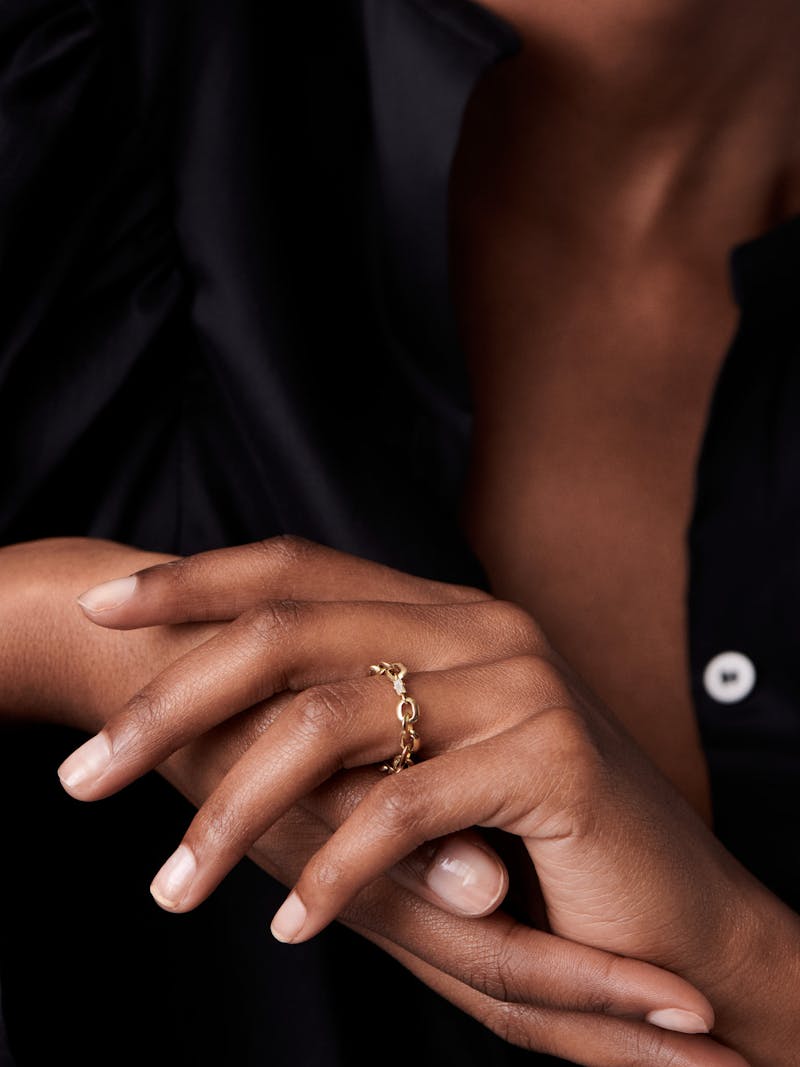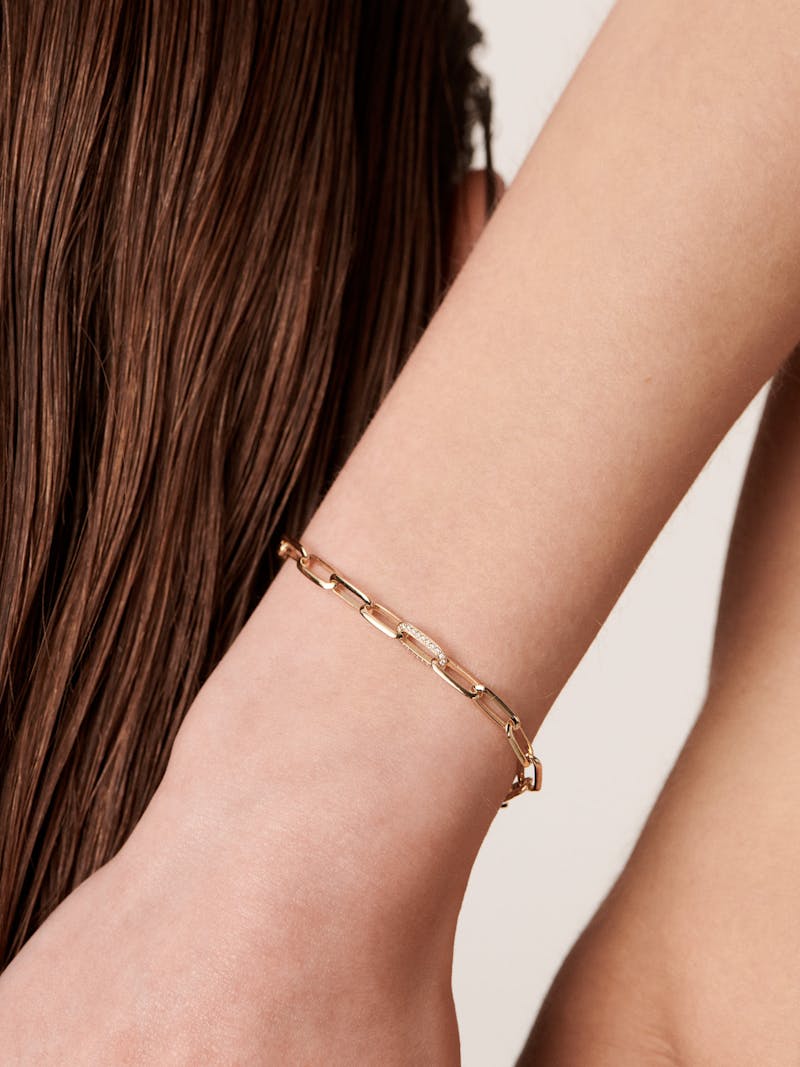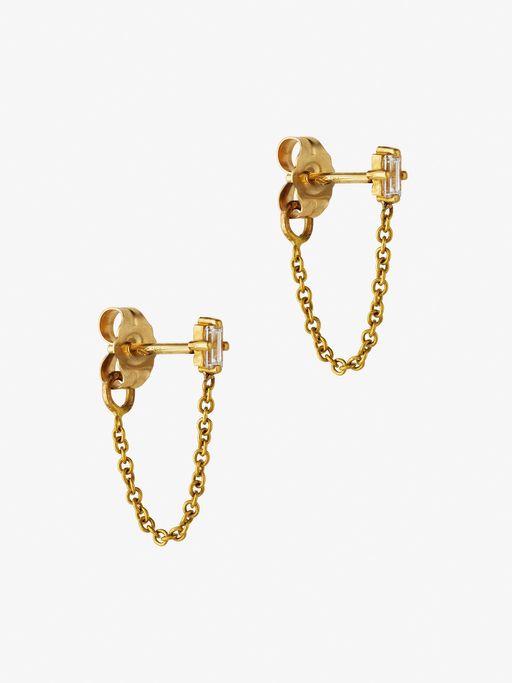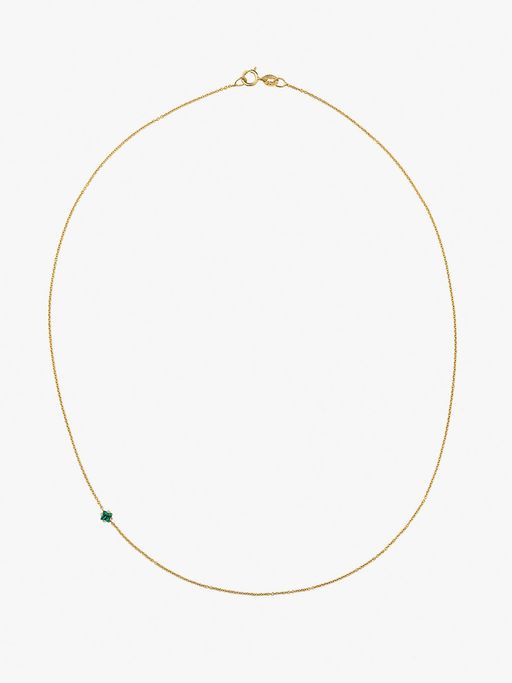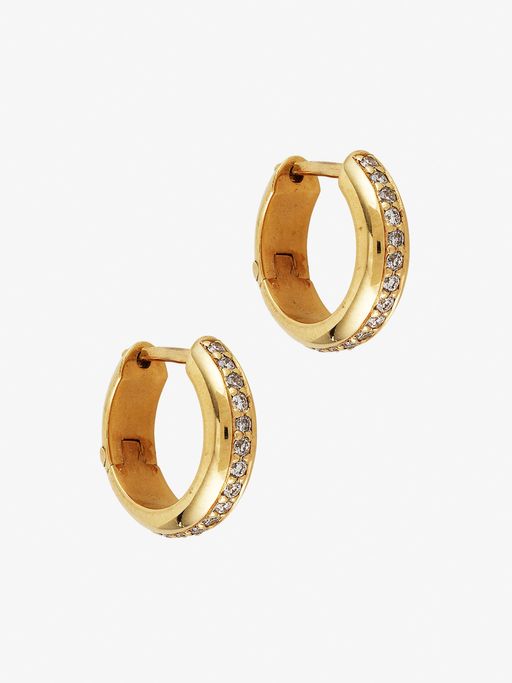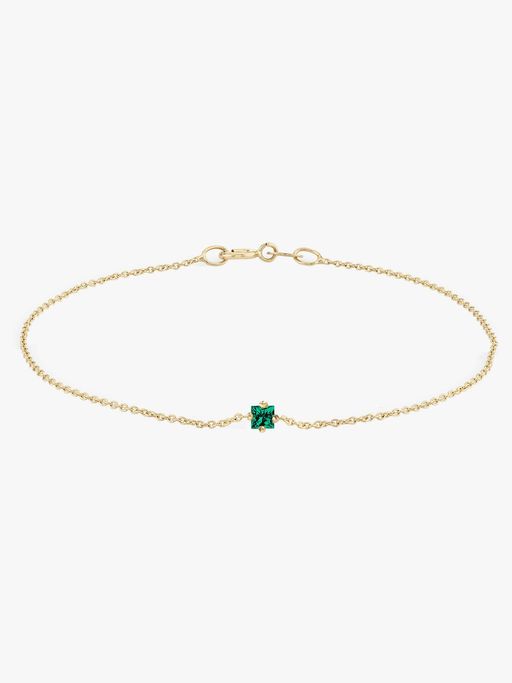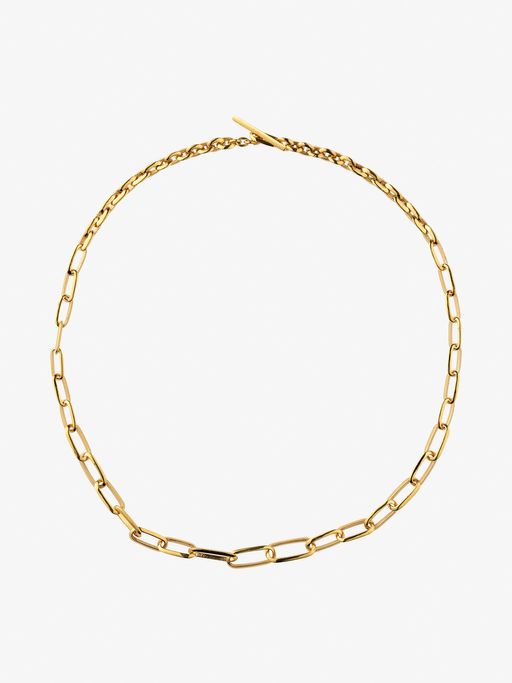Lizzie Mandler
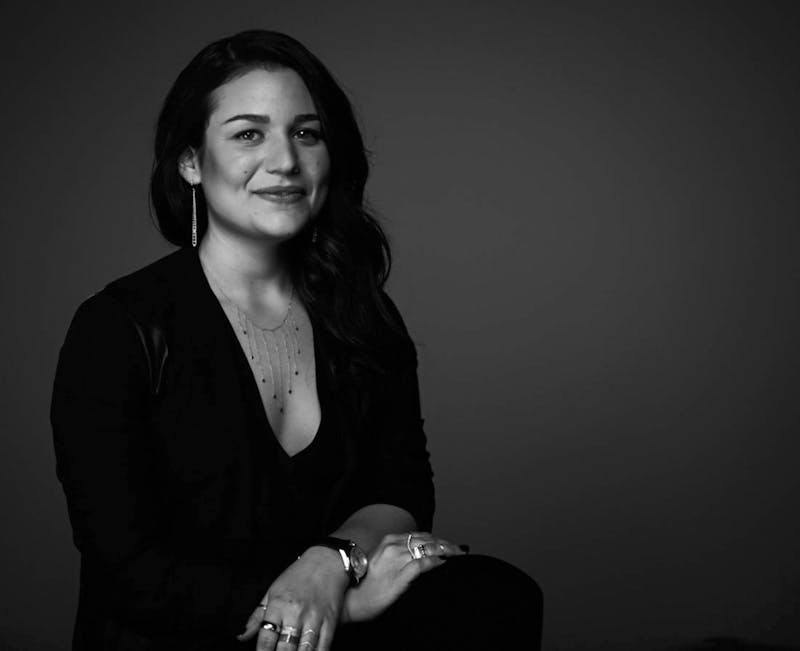
Timeless designs honouring the sentimental value of jewellery
Lizzie Mandler has an eye for the sentimental value of jewellery and a way with gold and diamonds. She uses both in her work as one of Los Angeles's most respected designers. Lizzie Mandler found her calling early on when at the age of sixteen, she started training as a bench jeweller. Today, she uses her physical understanding of her craft to develop pieces that are both timeless and time specific. Finding inspiration in her own creativity and abstractions of her mother’s jewellery, she works tirelessly to create jewellery that can carry the weight of the personal narrative for other people.
How did you get into jewellery?
I started designing and making semi precious and beaded jewellery when I was 12, and I got into fine jewellery at 16 when I started studying as a bench jeweller. Once I started with fine jewellery, I knew it was exactly what I wanted to pursue as a career. I studied as a bench jeweller locally in Santa Monica, and in college I moved to Florence, Italy for a year, and studied at a small artisan school. When I came back and graduated from university a year later, I launched the collection.
So, you’ve pretty much always known?
Since I was sixteen. I wonder, because 16 is quite young to decide your career and I am very stubborn, so it is quite possible that I had this idea in my mind and I just made a decision. And I just never questioned it. Never. Not once. I just followed this path, but I’m quite happy I did.
If you find your calling, I guess, that’s what you do.
Yeah, and who knows? Maybe I will have another calling in life, but for now, this one suits me quite well.
Did you grow up in a creative environment, since you were attracted to a creative craft so early on?
I am the youngest of three children and we are all eight years apart. My mother was a writer, and my father was a lawyer and a chef, but we were all artists. We were raised in a household where art and artistic expression was of the highest importance. My parents enrolled me in art school when I was two, I knew how to paint before I could even write my name. It was very much a part of the culture of my family. My brother went on to be a photographer and a director, my sister is a studio artist and a professor of art at a university and then I am a jewellery designer.
Sounds like a great way to grow up, being encouraged to have a creative outlet?
I was very lucky because my parents encouraged me in anything I wanted to try. As a kid, everyday it was a new thing. Anything I wanted to do, they really tried their best to encourage it, even if it was short-lived. I think because they did this, it really helped me find my passion so much earlier, because I tried so many different things so young.
Talking a little bit more about your jewellery, what is your process like?
My process has evolved over the years. Because I was formally trained as a bench jeweller, it was very important to me, and it still is, to understand how to physically make each piece with my own two hands. For me it is impossible to design something without the physical knowledge of how it works. It is just the way my brain works. When I was starting, I was making everything myself and my aesthetic was much more organic, as my aesthetic evolved and became more refined I realised that the look that I was going after was maybe more advanced than my capabilities as a bench jeweller. I started to work with other local jewellers, which changed my process a lot. I was no longer working it out by myself, but I had to learn to communicate with others. Now, in my process, I go through three stages, I have my design stage, then I have the design stage with my 3D CAD artist and then we have a design stage, where my jewellers and I work through final product.
"When the jewellery gets purchased by some else, it is no longer about me or my brand at all. It is about what happens to this piece of jewellery in that person’s life and how it comes to take on a life and meaning of its own."
And your inspiration?
I’ve never had one singular source of inspiration, I am more inspired by the way jewellery lays on the body and the way we come to adapt jewellery as part of our wardrobes. Even more than just a wardrobe, it becomes a second skin to people and something that people wear religiously. There’s no one source, the key for me is I have to put myself in an environment where I am creative, and I have realised in the last few years that I have to remove myself from my office and from LA in order to get to that place.
Where do you go?
It depends. My favourite place, which I have done for the last few years is go to a small town called Ojai, it is just an hour and a half away. It is this creative community where I grew up going on vacation with my family. When I was younger, I also did figure drawing, and it was a big passion of mine. On Thursdays at the community centre in Ojai, they have a figure drawing class. My perfect day is driving out there really early, I do the figure drawing class for four hours in the morning, and then I find a place in the park and I draw. It takes me far enough away from my routine and it puts me into a creative place. That’s usually the best formula for me.
That sounds like a really great day.
It is honestly my dream day. When I go to these figure drawing classes, I am the youngest in the room by thirty years. Everyone is retired, they are blasting classical music, they are talking about what they are doing with their fruit harvest for the season, it is amazing. It is kind of the life I aspire to.
Seems like an antidote to the big city?
It is the ultimate antidote to the big city. I am born and raised in LA, and my heart is here, I love Los Angeles, and it is different than New York for example, in the city sense. We have more space, which for me is very crucial. But Ojai is different- there’s something about the landscape and the light that is so inspiring to me- it is my magical place. It is the place I go if I’m too stressed, if I need to unwind, or if I need to create. My dream is to one day own a little house with a few olive trees where I can make my own olive oil.
That sounds like a great retirement plan. Talking about memories, your pieces are very much about the personal narrative and their great sentimental value?
My mother passed away when I was sixteen, and it was actually six months after she passed that I started studying fine jewellery. At the time, I wasn’t really able to express what I was experiencing, but jewellery became the outlet for what I wasn’t able to talk about. My mom, she didn’t have a super extensive collection of jewellery, but most of my pieces, especially in the beginning, are derived from my memory of a piece she had. There’s always a link back to her. I don’t think I really realised it when I started, but looking back, I obviously have put together the pieces. The knife-edge silhouette, which is my signature in the collection now actually comes from one of my mom’s wedding bands. For me, I really learned the sentimental value of jewellery in a very personal way. Obviously, that is not unique to me, everyone feels that; that’s a unifying quality across jewellery. If I could have such a strong sentimental connection, and if I could find such a comfort in this connection, other people can too. To me, it is the greatest honour to create pieces that can have that for other people, that can carry that weight for others.
Selected pieces
You do a lot of engagement rings and wedding bands, which speaks into that idea, right? It must be one of the most sentimental pieces of jewellery.
If I talk about the heart and the soul of my brand, and why I do what I do, I often say, and it is not the best answer when it comes to promoting my brand, but it is not about me and it is not about my brand. It is about an object, and regardless of the design of this object, it is about an object that speaks to another person. When the jewellery gets purchased by some else, it is no longer about me or my brand at all. It is about what happens to this piece of jewellery in that person’s life and how it comes to take on a life and meaning of its own. I am just a medium, a messenger.
I had written down this question about the role of jewellery today, but taking from what you just said, it is maybe a universal and what it’s always been about.
It’s the oldest art form in the world and it has always been the ability of a physical object to hold meaning and emotion.What’s significant about jewellery and what makes it different from a painting is that a painting doesn’t generally hold the same significance or pass through as many hands or live as many lives as jewellery does. It has been that way since the beginning of time, they’ve always held significance.
Comparing it to paintings, I am just thinking, someone else can have owned it, but it is not worn close to the body, so it doesn’t have that energy or whatever it is that you put into your jewellery, which you then pass on to someone else.
Jewellery really has the ability to tell stories. I especially feel this way about rings, because rings get a lot of wear. But when you look at antique rings, or if a ring gets passed down to you, that has a whole life or a whole set of stories of its own. I guess, paintings, through age and various circumstances have some of that, but this is something that is touching our naked skin and really living our lives with us as opposed to hanging on the wall. And I think that is really unique and really special and isn’t something to be looked over. When I create pieces, it is always in the back of my mind. These pieces should be things that can walk through life with someone, pieces that can experience different things with its person, and then with whoever it goes to next. It is about the longevity of the piece.
With regards to that, the materials that you use also speak to that, this idea of it living a life forever, pretty much?
Exactly. I went into fine jewellery specifically because the materials never change. Gold doesn’t tarnish and diamonds are the strongest stone in the world. These are forever materials, and that portion of longevity is really important to me. Jewellery is an investment for most people, and it should be honoured the same way.
